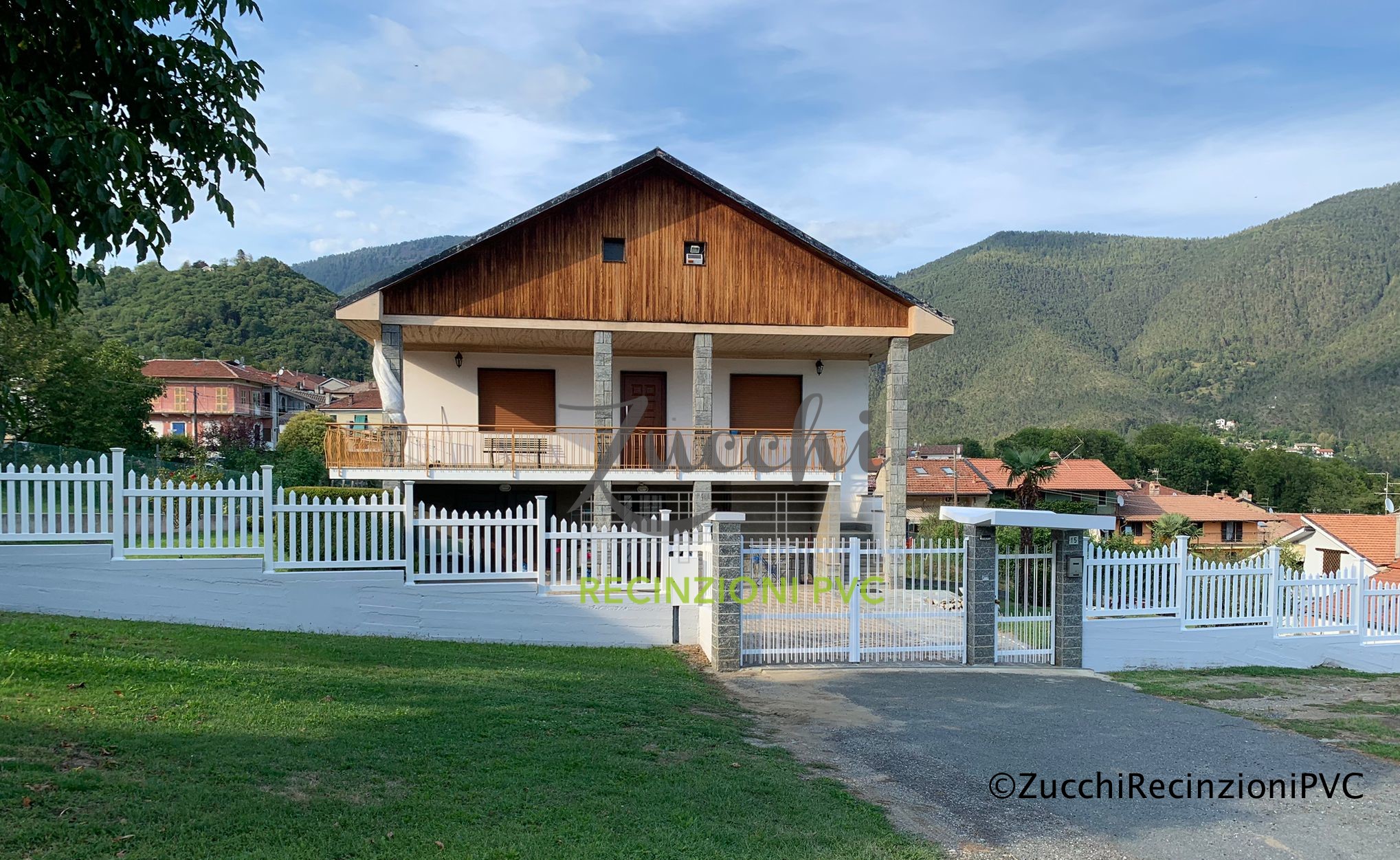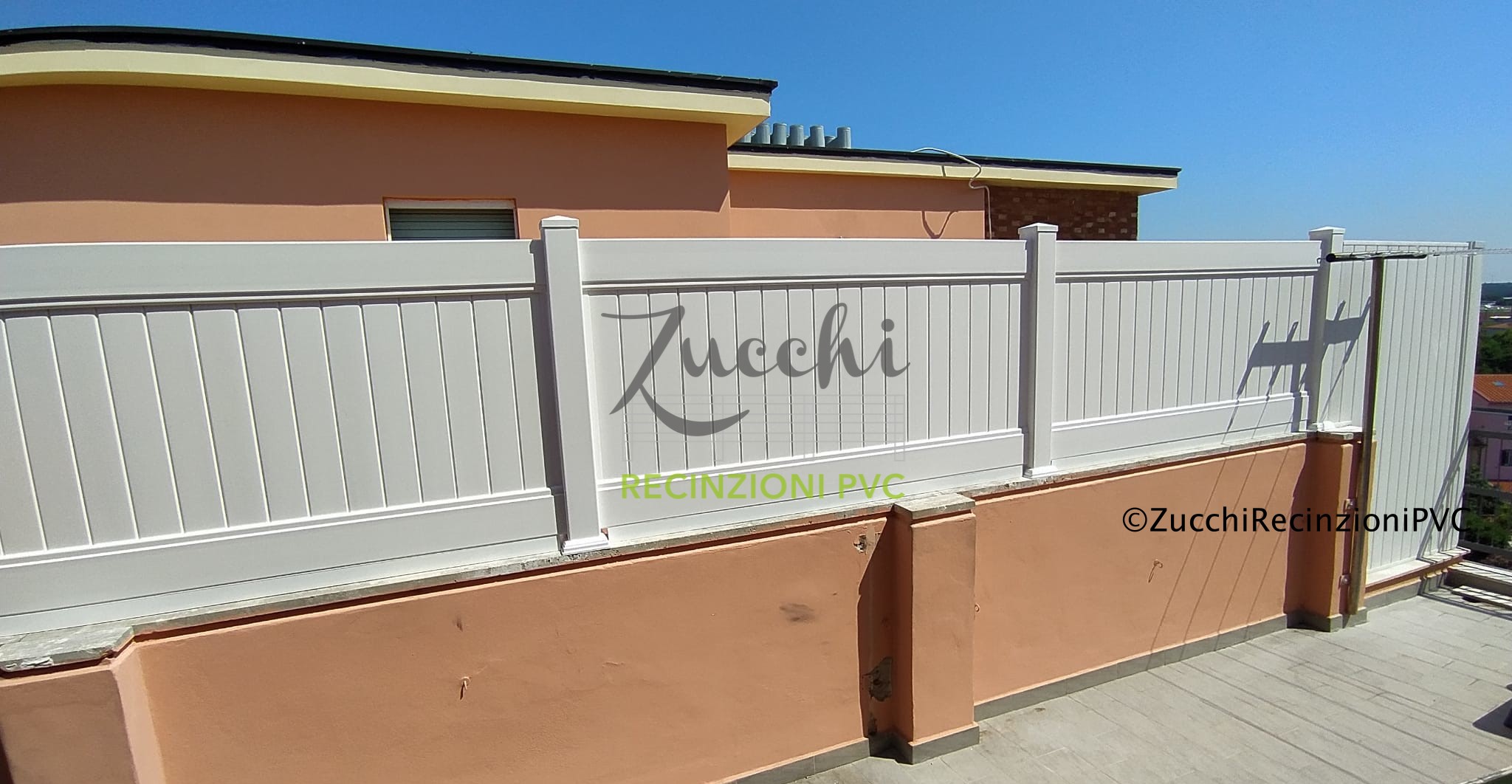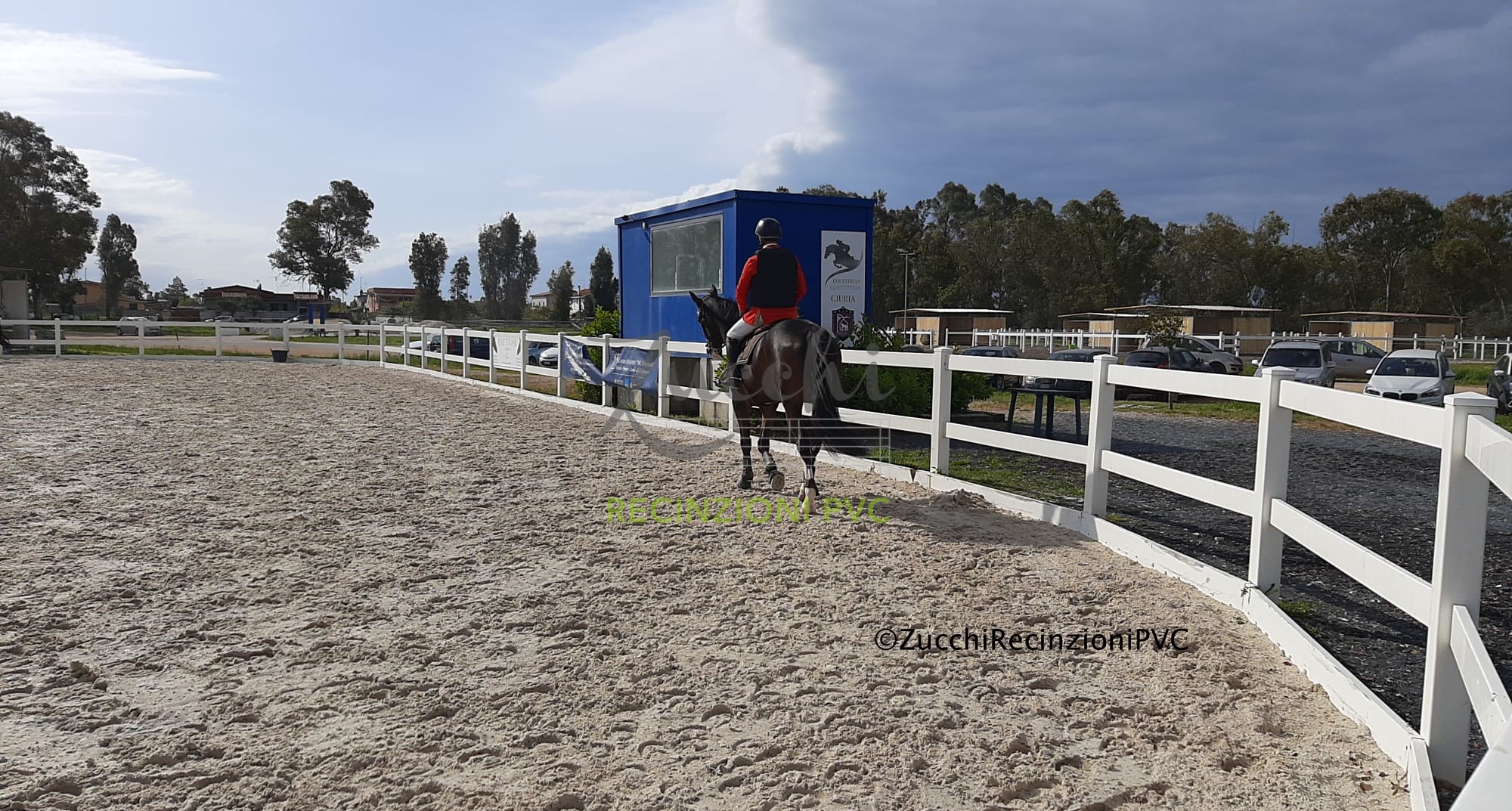How to design a “green” and coherent aesthetic
Creating a truly “green” garden or outdoor space doesn’t just mean planting a few trees or adding decorative pots.
It means thinking about every detail with the same care you put into choosing the color of your walls at home.
It is a small journey balancing nature, design, and everyday practicality, where every choice contributes to a harmonious result.
And yes, you can do it too without becoming a landscape architect or spending a fortune on materials.
Start with harmony between materials and colors
The first step toward a consistent green aesthetic is to create a dialogue between the materials, colors, and shapes of your outdoor space.
Observe the predominant colors in your garden: the green of the leaves, the brown of the soil, the gray of the stones or pots.
Choose materials that blend naturally with this environment, rather than forcing overly strong contrasts or artificial colors.
The secret is to find a balance between naturalness and design, avoiding the “perfect catalog” effect that sometimes becomes tiresome after a few weeks.
Recyclable PVC fencing can help you achieve this, as it comes in neutral shades and simple textures that go with everything.
You no longer have to choose between functionality and style: you can have an elegant, sustainable perimeter that matches the rest of your garden.
Opt for warm shades such as beige or light gray, which easily complement plants, stones, and wooden furniture.
A little trick? Repeat the key colors in at least three different places in your garden to create a continuous visual thread.
When you look at your space, you should feel that everything “breathes” together.
The lines of the fence, flower beds, and walkways should speak the same language, soft and natural.
Think about how a painter uses complementary tones to make a painting harmonious: you do the same, but with plants and materials.
Make room for nature… and your personality
A consistent green aesthetic is not synonymous with rigor or perfection.
Rather, it is the result of constant dialogue between you and the nature that surrounds you.
Design a space where vegetation can grow freely, but with a clear and thoughtful direction.
There is nothing more charming than a garden that appears spontaneous, but is actually the result of intelligent choices.
You can alternate ornamental plants with local species, thereby reducing watering and promoting biodiversity.
Add small corners dedicated to butterflies and bees, with honey plants or aromatic herbs such as lavender and rosemary.
Green aesthetics are also ethical: every plant you choose can have a positive impact on the health of your ecosystem.
And don’t forget your personality.
Add a creative touch that represents you: a reading corner in the shade, a colorful chair, or a small fountain.
The important thing is that these elements don’t disrupt the visual harmony but complement it, like a cheerful note in a calm melody.
If you like recycling, you can reuse old pots or wooden boards to create original planters.
The effect will be unique, personal, and perfectly in line with the eco-conscious spirit that inspires the whole project.
Consistency is in the everyday details
Consistency is in the everyday details
A clean, tidy, and well-kept garden immediately conveys harmony and respect for the environment.
Keep paths clear, prune regularly, and replace damaged items with durable, recyclable alternatives.
Remember that even “invisible” materials tell a story: use natural compost, avoid chemical pesticides, and opt for low-consumption irrigation.
Sustainable PVC fencing has a real advantage: it requires very little maintenance.
You don’t have to paint, sand, or treat it every year, reducing the use of solvents and harmful products.
This simplicity allows you to spend more time on the enjoyable parts: arranging flowers, reading under the pergola, or entertaining friends.
A consistent aesthetic is also a matter of energy: if your routine is lighter, the environment benefits and so do you.
Finally, consider lighting.
Choose low-energy LED lights and, if possible, powered by solar panels.
Warm, soft lighting, well positioned along the fence or near plants, creates magic without waste.
The night becomes a natural extension of the day, with a relaxing and welcoming atmosphere.
Make room for lasting beauty
Green aesthetics is not a trend, but a more conscious way of life.
Every element of your garden should be durable and reflect a well-considered choice.
A recyclable PVC fence, for example, will last for years without losing its color or shape.
This means less waste, less maintenance, and more time spent outdoors.
Creating a consistent aesthetic is also a way to slow down and appreciate small seasonal changes.
When everything is in balance—materials, colors, plants, and light—your space becomes a natural refuge that reflects who you are.
It’s the place where you breathe easier, recharge your ideas, and feel like you’re doing the right thing, both for yourself and for the planet.
So, there is no need for strict rules or expensive projects.
Just listen to nature, observe your surroundings, and choose with a little more awareness.
Ultimately, a consistent green aesthetic is not just what you see, but what you feel every time you walk through your garden gate.
Recyclable PVC: a surprising outsider
When you hear the term “PVC,” you probably immediately think of a cold, industrial, or unnatural material.
Yet, in recent years, PVC has completely changed its image and today has become one of the most surprising allies of sustainability.
Yes, you read that right: PVC can be environmentally friendly, durable, and even attractive in your garden.
He is an outsider in the green world who is earning his place, step by step, with good reason.
The prejudice against PVC: the plastic you didn’t expect
For a long time, PVC has been associated with cheap materials that are difficult to dispose of and not very environmentally friendly.
It was considered an “easy” choice, to be avoided if you were looking for something natural or long-term.
But technology, as is often the case, has revolutionized this sector too.
Today, new-generation PVC is produced using low-emission processes that are controlled and certified.
The biggest change is in the life cycle.
While other materials degrade quickly or require chemical treatments, PVC can last for decades without losing quality.
This means less waste, fewer replacements, and less waste to dispose of over time.
In practice, you make a one-time investment that lasts for years, reducing your overall environmental impact.
When you choose it, you are not just buying a piece of plastic, but you are participating in a new idea of sustainability.
A concept where durability and recyclability come together to create a virtuous balance between aesthetics and environmental responsibility.
And, let’s face it, knowing that your fence can be completely recycled is no small satisfaction.
El prejuicio contra el PVC: el plástico que no esperabas
You may be wondering, “But can it really compete with wood or iron?”
The answer is yes, and it often wins on many fronts, especially if you look beyond appearances.
Wood has charm, but it requires treatment, varnish, and constant maintenance.
Every year, it requires hours of work and chemicals that are not always good for the environment.
Iron, on the other hand, is solid but prone to rust and requires frequent protective coatings.
In the long run, the cost of maintenance and environmental impact outweigh the initial advantages.
Recyclable PVC, on the other hand, does not need any of this: it does not rust, swell, or discolor easily.
All you need is a little water and a sponge to keep it in perfect condition, even after years of sun and rain.
But the real surprise comes when you discover that PVC can also be aesthetically warm and welcoming.
Thanks to wood-effect finishes or natural colors, it blends perfectly into modern gardens and outdoor spaces.
You can have the elegance of wood without cutting down trees and without having to deal with painting every year.
It is the “smart” version of outdoor design, designed for those who love nature but don’t want to be slaves to maintenance.
What’s more, many PVC fences are now made from recycled material and, at the end of their life, can be returned to the production cycle.
This closes the sustainability loop and drastically reduces industrial waste.
Not bad for a material that was viewed with suspicion just a few years ago, right?
Sustainability, but also freedom to live your space
When you choose a truly sustainable material, you should feel more free, not more restricted.
Recyclable PVC gives you just that feeling: less work, less waste, more time to enjoy your garden.
You can say goodbye to afternoons spent sanding, painting, or dealing with toxic solvents.
Your outdoor space stays beautiful and tidy without any effort, and the planet thanks you for your conscious choice.
In an age where sustainability often seems like an obligation, PVC shows you that it can also be a form of lightness.
You don’t have to change your habits or complicate your life to be eco-friendly.
Just choose the right material and let it do the work for you.
Every day that you don’t have to use chemicals or buy new paints, you are reducing your environmental impact.
And then, admit it, there is something liberating about knowing that your home is greener thanks to your practical choices.
A recyclable PVC fence becomes more than just an architectural element: it is a statement of conscious style.
It shows that you love nature, but also know how to use innovation to your advantage.
After all, being sustainable does not mean giving up comfort, but learning to enjoy it intelligently.
The future is circular (and surprisingly simple)
The concept of the “circular economy” may seem complicated, but in practice it is easier than you think.
It’s about giving new life to materials, reducing waste, and designing with reuse in mind.
Recyclable PVC fits perfectly into this logic, because it can be reused several times without losing quality.
Every time you choose a product of this type, you help keep a chain of real sustainability alive.
And the great thing is that you don’t need to start a revolution to be part of the change.
All it takes is a small gesture—such as choosing a recyclable PVC fence—to make a positive impact on your everyday environment.
It’s a simple way to combine aesthetics, functionality, and respect for the Earth.
PVC may never have the romantic appeal of wood, but it has a power that few recognize: consistency.
It does what it promises, lasts over time, and can be recycled without complications.
And in the world of eco-design, this is a truly unique quality.
So yes, recyclable PVC is an amazing, modern material that is anything but ordinary.
It invites you to look at sustainability with new eyes, less dogmatic and more practical.
Because being green doesn’t mean giving up beauty, but choosing beauty that lasts — just like your garden.
A comparison of aesthetics, durability, and environmental impact
When designing your garden, you often face a dilemma: which material should you choose for the fence?
Wood, iron, or PVC? Each option has advantages and challenges, but today we want to look beyond the surface.
It’s not just about how it looks, but also how long it lasts and how much it impacts the environment.
With a little awareness, you can make smart choices that combine aesthetics, sustainability, and practicality.
The aesthetic that speaks about you
The first thing you notice is always visual: the color, texture, and style of the fence.
Wood has natural charm and immediate warmth, but requires regular treatment to maintain its original beauty.
Iron provides elegance and solidity, but it can rust and become cold without constant maintenance.
Recyclable PVC, on the other hand, is surprising because it combines modern design and natural colors without sacrificing practicality.
You can find wood-effect PVC or delicate gray tones that blend in with the flowers, plants, and stones in your garden.
This material allows you to play with clean lines or soft curves without worrying about discoloration or deformation.
Aesthetics no longer has to compromise sustainability: with PVC, you can have both.
And the best part? Your space will continue to look well-maintained for many years without constant intervention.
Longevity and maintenance: how long does it stay beautiful?
If you choose a material based solely on its appearance, you risk having to replace or treat it frequently.
Wood, however beautiful, is sensitive to rain, sun, and pests. It requires varnish, impregnating agents, and annual maintenance.
Iron can last for decades, but it needs protective paint and rust control, especially in humid areas.
Recyclable PVC changes the rules: it resists sun, rain, and wind without losing its shape or color.
What’s more, it does not release toxic chemicals or paints into the surrounding environment, making it a safer choice for children and animals.
Less maintenance means less waste of chemicals, water, and time: an invisible but tangible benefit.
The durability of PVC is surprising: it can last in your home for up to 20 years without any complex interventions.
If you consider the long life of a product, recyclable PVC scores highly on all fronts.
Environmental impact: choosing consciously
Today, we cannot ignore the environmental impact of our choices, especially when it comes to materials intended for outdoor use.
Wood seems green, but it often comes from unsustainable forests and requires chemical treatments to last.
Iron is recyclable, but its production consumes a lot of energy and generates significant emissions.
Recyclable PVC is the surprising outsider: it can be produced using low-emission processes and returned to the production cycle.
Every PVC fence chosen consciously reduces waste over time, contributing to a more sustainable garden.
Furthermore, the absence of chemical maintenance reduces the direct impact on the surrounding soil, water, and plants.
When comparing aesthetics, durability, and environmental impact, recyclable PVC emerges as a smart and responsible compromise.
You can have a beautiful, durable, and sustainable garden without sacrificing comfort or style.
A practical comparison to help you decide
If you want to see the differences clearly, try thinking about these three criteria:
- Appearance: warm, natural wood, elegant, rigid iron, versatile PVC, and wood effect possible.
- Duration: wood requires annual maintenance, iron requires rust protection, PVC lasts for years without intervention.
- Environmental impact: wood may come from endangered forests, iron is energy-intensive, PVC is recyclable and low-emission.
This comparison helps you balance aesthetics, convenience, and environmental awareness.
You don’t have to choose the “perfect” material for everything, but rather the one that best meets your priorities.
If you want to save time and reduce your environmental impact without sacrificing beauty, recyclable PVC is a surprising choice.
Ultimately, a fence is not just a boundary: it is the first element that communicates the character and care of your garden.
How to combine nature and technology in your garden
When you think of a garden, you probably imagine lush plants, flowers, and trees.
But today, technology can become your ally in making it even more beautiful, functional, and sustainable.
It’s not about turning the space into a futuristic laboratory, but about using smart tools that simplify life.
With the right balance, you can create a green corner that respects nature and saves you time.
Smart lighting: evening magic without waste
One of the first innovations you can integrate is low-energy smart lighting.
LED lights powered by solar panels, motion sensors, or programmable timers make the garden welcoming and sustainable.
You can create illuminated paths, focal points on plants, or relaxation corners without increasing your electricity bill.
Here, technology does not replace nature, but enhances it, creating a spectacular effect even at night.
What’s more, smart lighting reduces light pollution: only the necessary areas receive light, preserving nocturnal insects.
You can choose warm or cool tones depending on the atmosphere you want to create.
The overall effect is striking: your garden looks bigger and more harmonious without compromising on aesthetics.
And every evening, press a button or activate a timer, and your garden will magically transform into an oasis.
Smart irrigation: saving water without stress
One of the most common problems in the garden is watering. Too much water damages plants, too little causes them to suffer.
This is where technology comes in: automatic irrigation systems with humidity sensors help you give plants just what they need.
You can program precise watering schedules and monitor any anomalies in the soil or plants from your smartphone.
This solution not only keeps your garden healthy, but also reduces water waste and environmental impact.
You can connect solar-powered pumps or smart timers to use water when it is most effective.
Even small flower beds benefit from this attention: each plant receives the right amount, without waste.
With just a few simple steps, your green space becomes more sustainable and you save precious time to devote to other activities.
Smart fencing and furnishings: functional and green design
Technology can also help you choose durable and sustainable materials.
Recyclable PVC fencing is a perfect example of how nature and innovation can coexist.
Not only are they resistant to atmospheric agents, but they also do not require chemical treatments or continuous maintenance.
You can combine them with climbing plants or hedges, creating harmony between natural elements and functional structures.
Even garden furniture can incorporate technology: modular seating with solar batteries for integrated lighting, smart folding tables, or automated fountains.
All these details make the space more practical and enjoyable without interfering with plant life.
The key is to maintain aesthetic consistency: natural materials, clean lines, and colors that blend in with the surrounding greenery.
This way, every element, whether technological or natural, seems part of the same harmonious ecosystem.
Smart monitoring and maintenance
Today, there are apps and sensors that help you monitor the condition of your plants and soil.
You can receive notifications if a plant needs water, light, or nutrients, without having to check manually every day.
Some systems also alert you to extreme temperatures, diseases, or pests, allowing you to take targeted and timely action.
This technology helps you keep your garden lush and healthy, reducing waste and unnecessary work.
It does not replace contact with nature, but it allows you to take care of it with greater awareness and ease.
Even the most demanding plants become manageable without stress, and you can enjoy more free time in your green space.
What’s more, by combining these tools with sustainable materials such as recyclable PVC, you get a truly responsible and sustainable garden.
Conclusion: harmony between technology and nature
Combining technology and nature does not mean sacrificing the charm of greenery or turning your garden into a laboratory.
It’s about choosing smart tools that enhance natural beauty and simplify daily care.
Smart lighting, automated irrigation, durable fencing, and smart sensors are just a few examples of how easy it can be to live green.
Your garden becomes a harmonious, functional, and sustainable space, where technology and nature support each other.
Ultimately, the magic lies in balance: respecting nature, using modern tools, and creating a space that truly represents you.
You can start today by incorporating a small technological element and observing how it changes the life of your garden.
With a little creativity and attention, your outdoor space will be beautiful, responsible, and ready to surprise you every day.







Leave A Comment